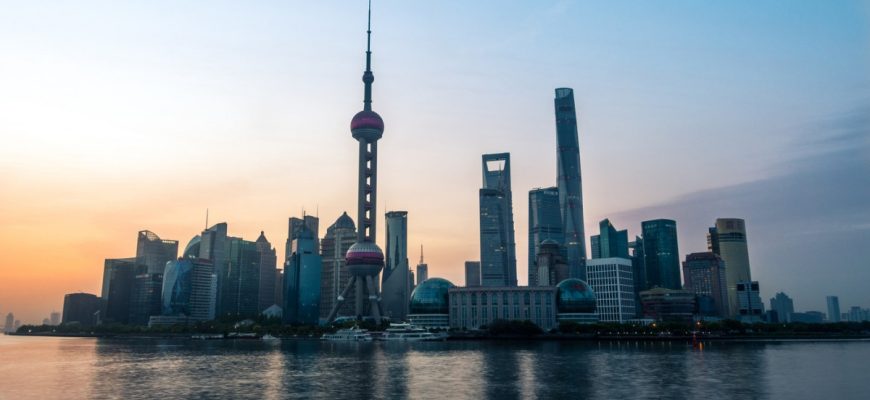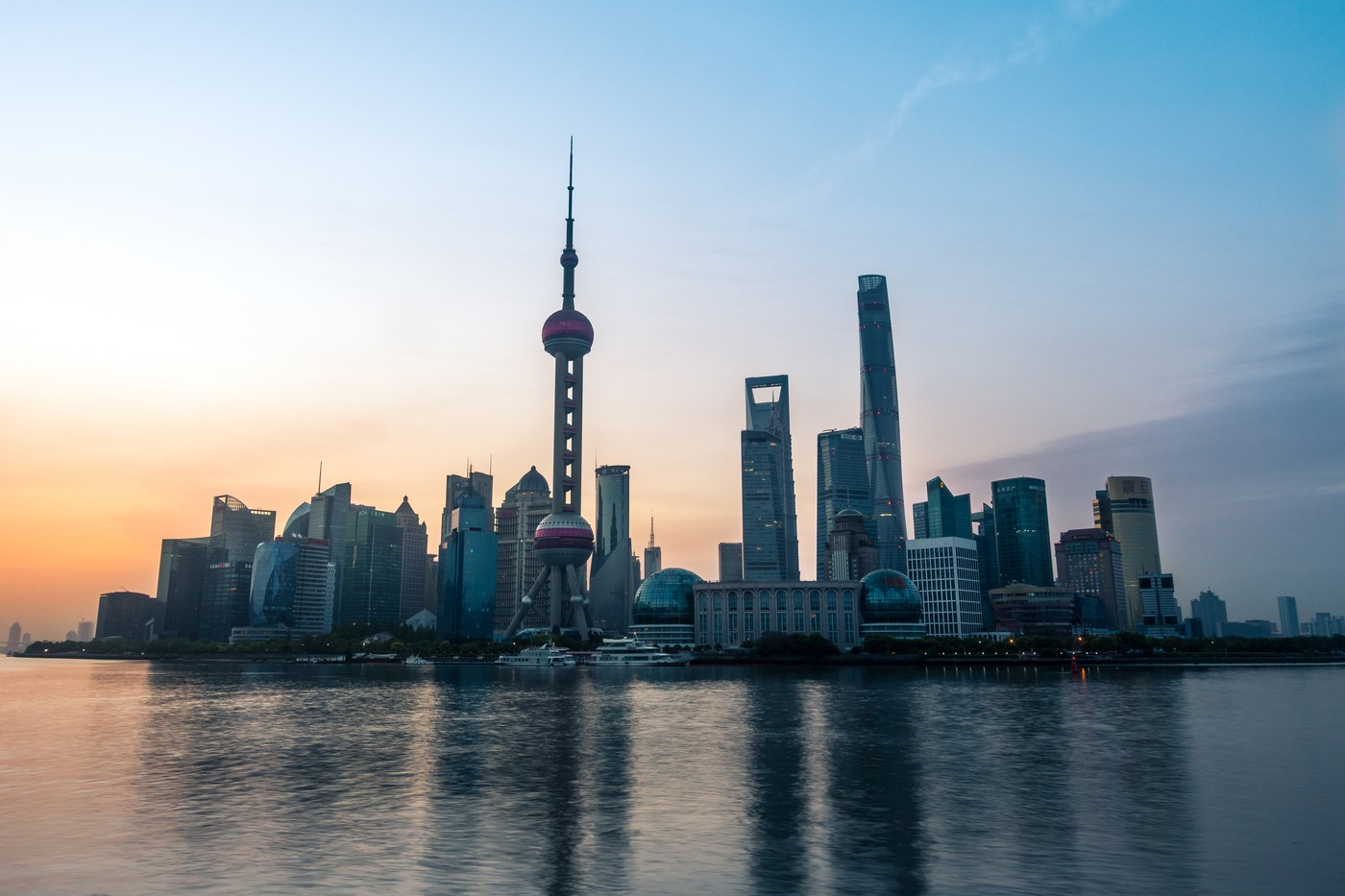Land is sinking under the feet of millions of people in China’s major cities due to human activities, putting the country’s coastal areas, more at risk of flooding, at major risk And because of sea level rise, new research shows.
270 million people live on land that is sinking in China’s big cities, according to a new study cited by CNN.
Almost half of China’s urban areas, which comprise 29% of the country’s population, are sinking more than 3 millimeters a year, according to the study published Thursday in the journal Science. And 67 million people live on a land that drops by more than 10 millimeters every year.
China’s skyrocketing groundwater extraction is one of the main factors behind the subsidence, the researchers said. Cities have been pumping water from underground aquifers faster than it can be replenished, a situation exacerbated by drought fueled by climate change. Excessive pumping lowers the water table and causes the overlying land to sink.
Land subsidence under the weight of cities is not just a problem in China
The earth is also sinking due to the increasing weight of the cities. Soil can naturally compact due to the weight of sediments that accumulate over time or heavy buildings that press on the soil, causing the soil to sink constantly.
Land subsidence is not only a problem in China. In the USA, dozens of coastal cities, including New York City, are sinking. In the Netherlands, 25% of its land is already below sea level. And in Mexico City, probably the city with the fastest terrestrial decline in the world, the earth sinks at a speed of up to 50 centimeters per year.
The impact is usually more severe along the coasts, where sea levels are rising at the same time. This combination exposes the land and people more to catastrophic floods.
The study suggests that about a quarter of China’s coasts will be below sea level due to subsidence and projected sea level rise, causing colossal damage and endangering lives . Tianjin, Shanghai and the areas around Guangzhou are significantly exposed to both problems, the study shows.
As ocean levels rise and coastlines sink, vast areas of land will be exposed to destructive flooding from coastal storms and land erosion.
How cities can be protected from floods
But some coastal areas in China have already built defenses against the growing risk of flooding, and the study does not take these defenses into account. In Shanghai, for example, Shengli Tao, co-author of the study and a professor at Peking University, said the city has built “impressive” levee systems that are very tall.
“Such massive coastal levee systems will greatly reduce the risk of being flooded, even considering both land subsidence and sea level rise grow up, Tao told CNN. “I don’t know of other countries that have built such dam systems.”
Thursday’s study is “scientifically robust” and did a “good job” of pointing out that land subsidence is not just a “coastal problem,” said Leonard Ohenhen, PhD researcher at Virginia Tech who recently published a study on land subsidence in the US.
What measures is China taking?
“Most urban cities are facing land subsidence, but we’re focusing on coastal cities because of sea level rise,” Ohenhen, who was not involved in the study, told CNN. “However, most urban cities face land subsidence at rates comparable to or even greater than subsidence in coastal cities.â€
Tao said the Chinese government is addressing sinking cities in several ways, including implementing strict laws to control groundwater pumping in the past few years. Shanghai and surrounding areas have limited groundwater abstraction, which has slowed the region’s rate of subsidence. Decades ago, the danger the city of Shanghai was in because of this was a significant problem for the authorities, Tao said.
China has also pumped water from the Yangtze River in southern China to northern China – including Beijing – which has suffered from drought. The project prevents the need to overpump groundwater and stopped land subsidence in Beijing, the study shows.
“I think the Chinese government’s efforts will address the problem of land subsidence,” said Tao. “But I would suggest continuing to control groundwater withdrawals for large cities and constantly maintaining levee systems in coastal areas.â€
Publisher: MI









